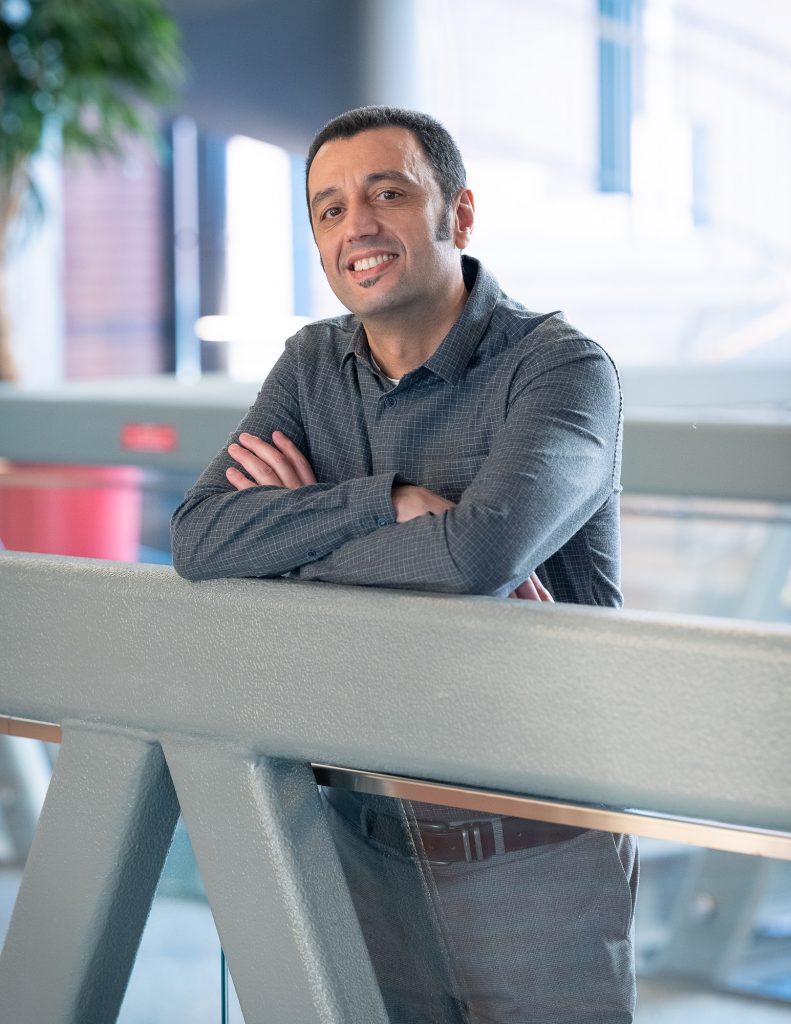The Covid-19 pandemic hit the aviation industry hard. One minute the demand for air travel was so high that aircraft manufacturers couldn’t make and deliver planes fast enough; the next, the airlines, aircraft manufacturers and suppliers saw business collapse overnight as the world went into lockdown. Nearly two years later, the industry is still recovering, Settings and it’s not guaranteed to hit the heights it did before.
The aviation industry also faces another challenge that has an even greater bearing on its future: sustainability. In line with global commitments to the fight against climate change, the aviation industry has pledged to become carbon-neutral by 2050. How do we transform aeroplanes into a sustainable, carbon-neutral form of transport?
Sustainable engines, new materials for structural parts
In the next few years, new aircraft will have more efficient engines consisting of more advanced components, made of lighter but stronger materials to enable better combustion and airflow. Airframe structures will be made of even lighter composites and metallic materials, such as a new generation of aluminium-lithium alloys. Today, landing gear components increasingly contain stronger titanium alloys, such as Ti-5553 or Ti-10-2-3.
All of these developments will test manufacturers’ and their suppliers’ abilities to the full because they will have to adapt to working with different, harder, more difficult-to-machine materials. They will also have to ensure they are as productive and profitable as possible after the business lost to Covid. And, as always, they will have to ensure that defects are minimal, so the planes are safe to fly.
